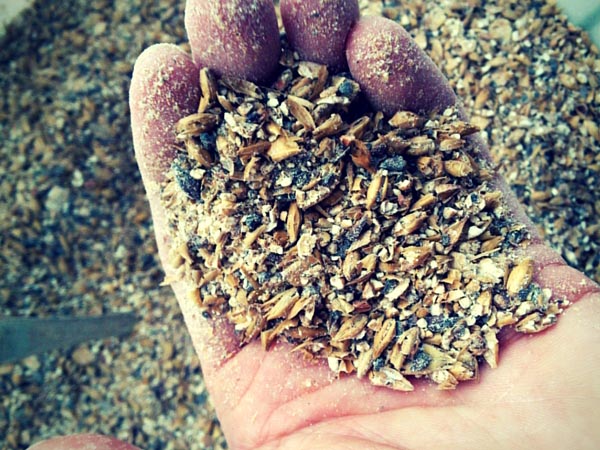Mashing In
Mashing needn’t be thought of as hard. This is the most common conception of why people that I have spoken to anyway don’t make the step from extract to all-grain. If you have ever sat an wondered if your homebrew could be a little more complex and you want to know exactly what goes into your beer than Mashing is the way forward.
I am just going to lay out the basic steps required because in essence that’s all it is and there is no reason to make it more complicated in your head without having tried it.
OK here it is for a basic mash:
1. Crushed malted grains in the quantities of whatever recipe you are using are added to a mash tun with water that is heated to 72°C (or strike water temperature as discussed in a moment). You will need a thermometer for this as the temperature is the important part for the chemical processes that will happen in the mash. This process is called “doughing in” you need to make sure the grains are stirred thoroughly and all of it is soaked.
2. The temperature of the mash should have dropped to around 66-67°C by this addition of malt. If not add hot or cold water to bring to the correct temperature.
3. Leave the grains to mash. This is called a “rest” and is the longest part of the process and the part where you do nothing. You need to leave the mash to convert starches to sugars and perform other chemical process for around an hour and a half. You only really need to sporadically check the temperature hasn’t dropped below 63°C, if it has add boiling water. I don’t bother checking for around an hour into the mash as my mash tun is fairly well insulated.
4. Toward the end of the rest you need to be heating water (liquor in brewing terms) in preparation to sparge (run off the sugary wort and rinse the malt) which leads onto the next part of the brewing process.

